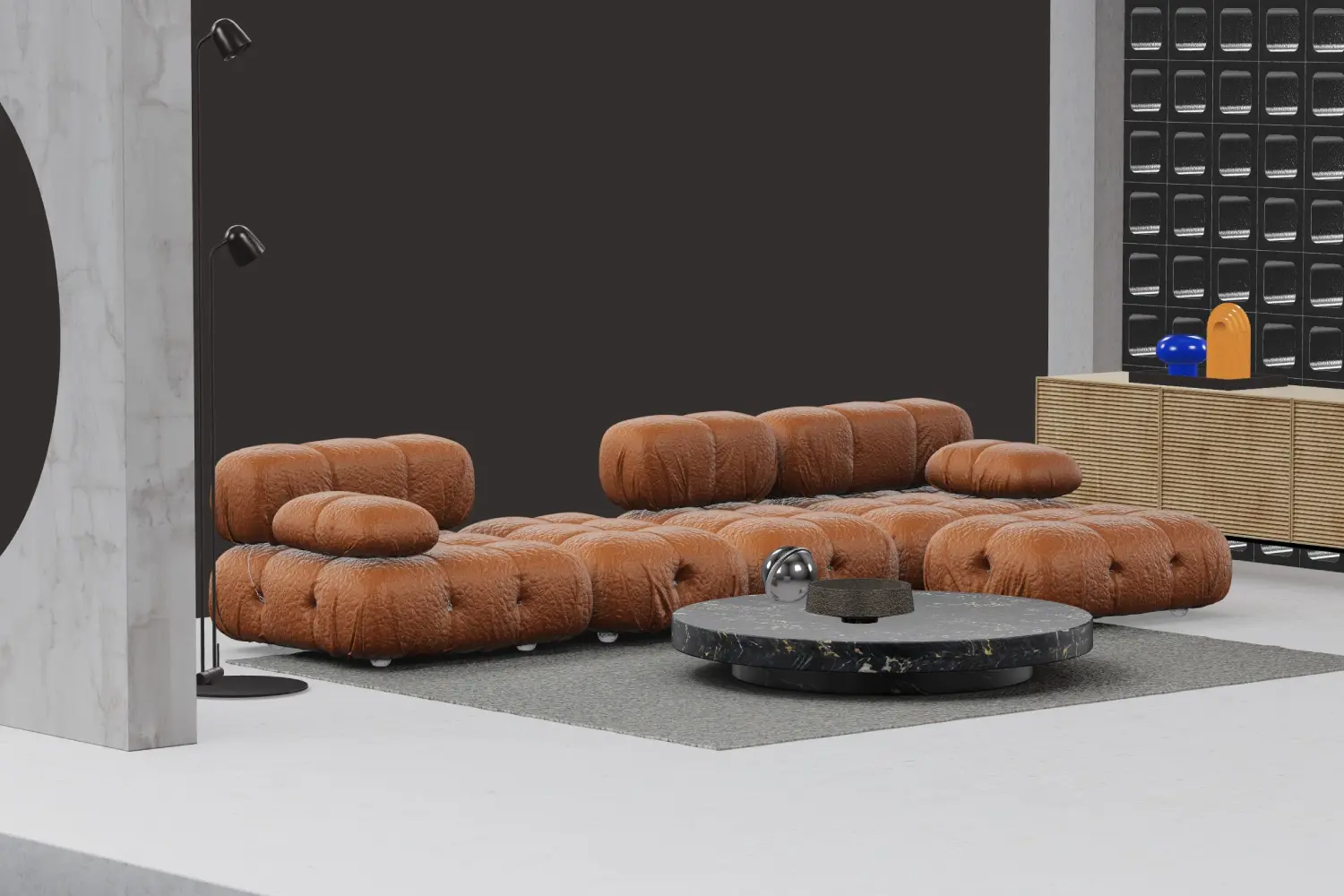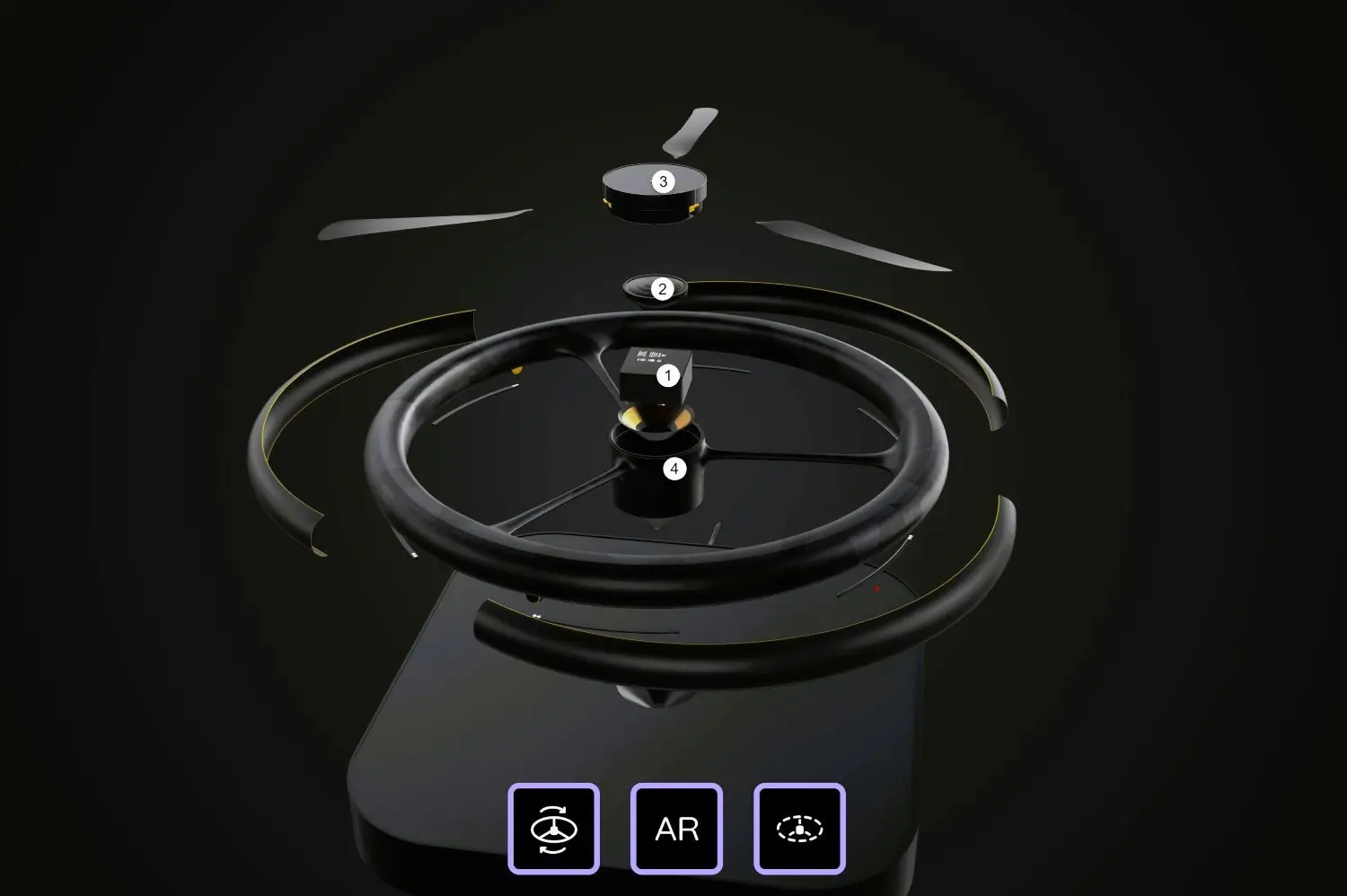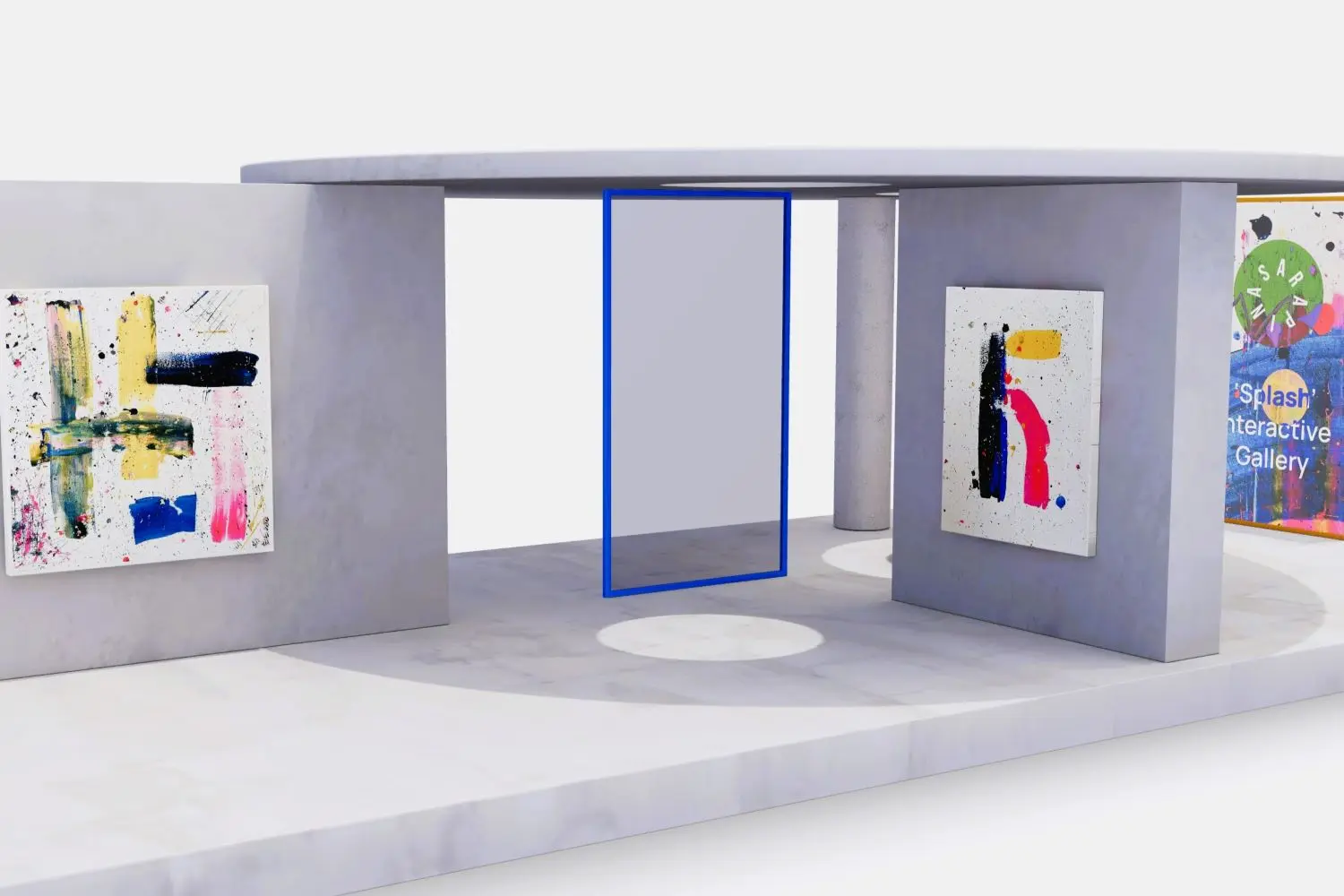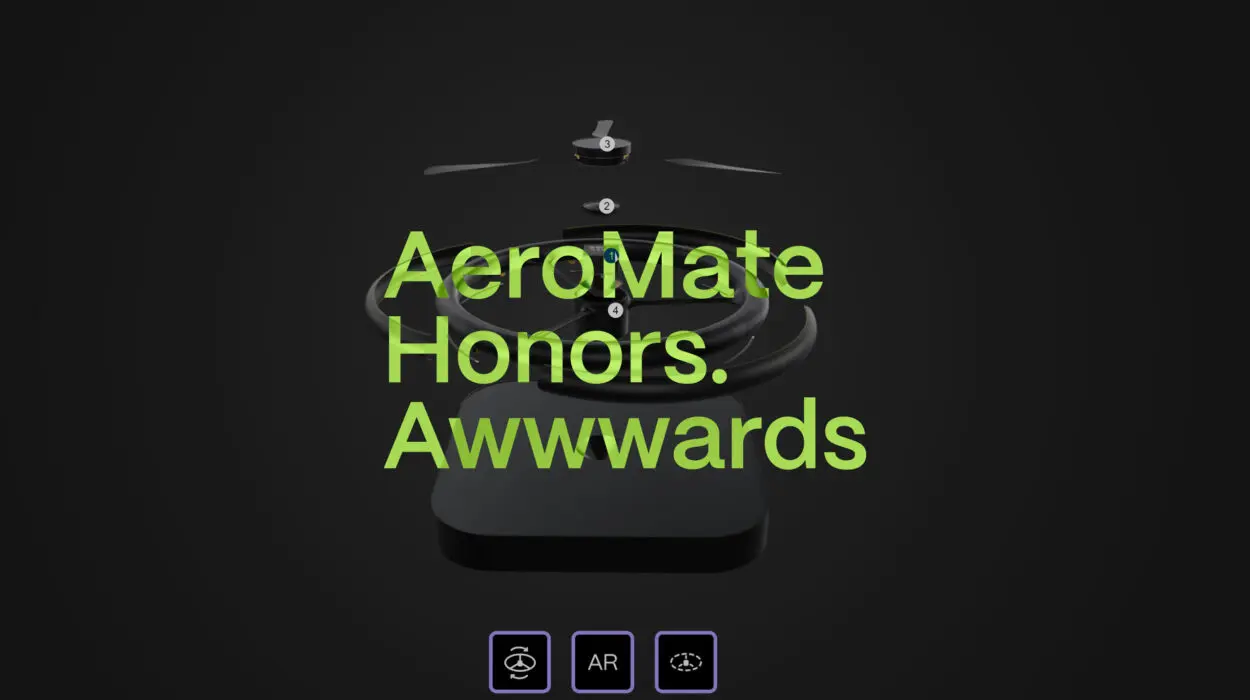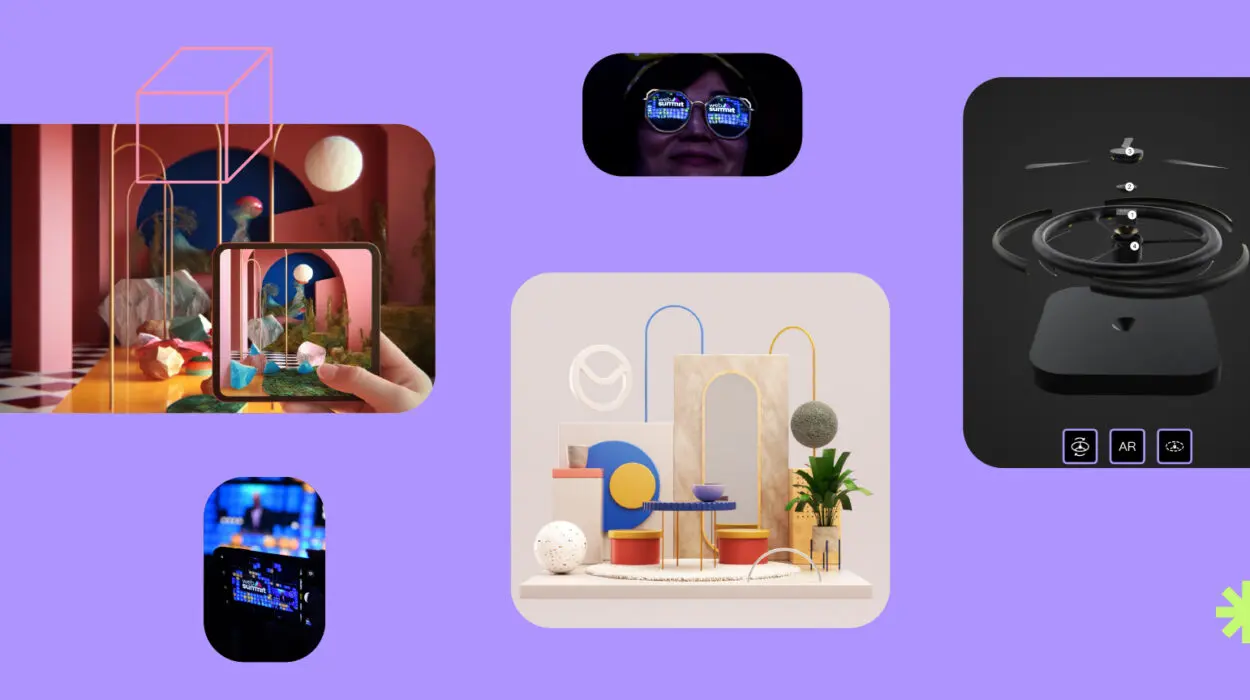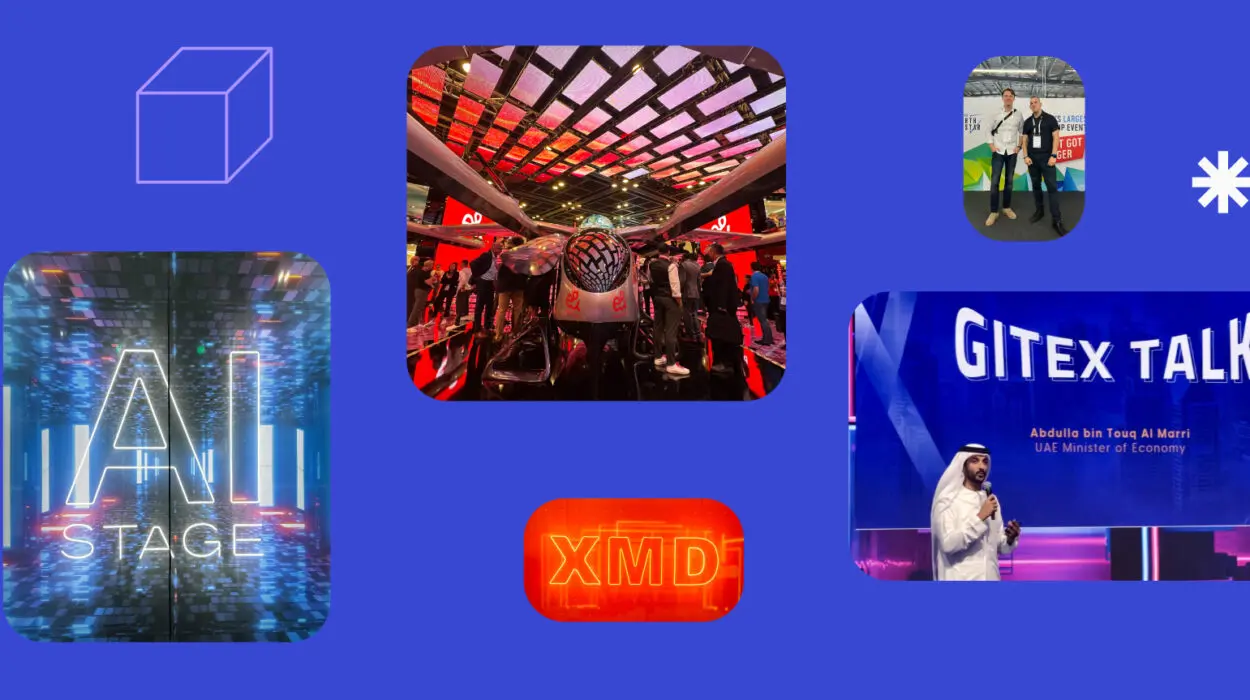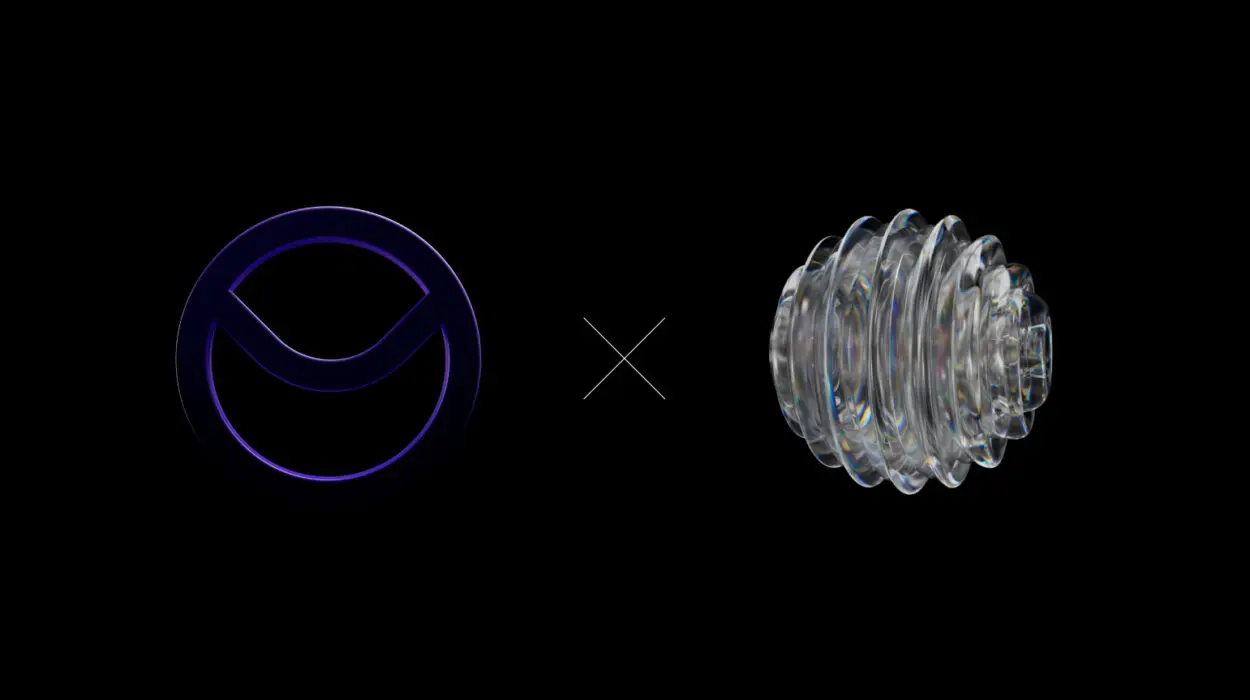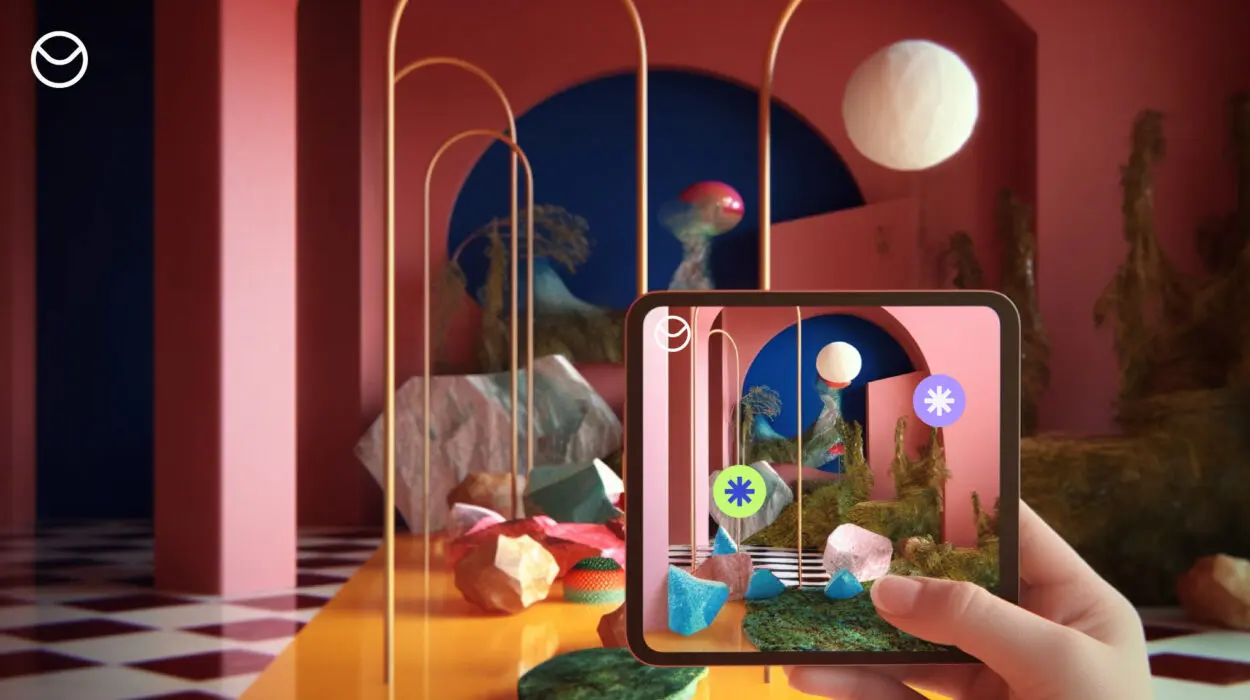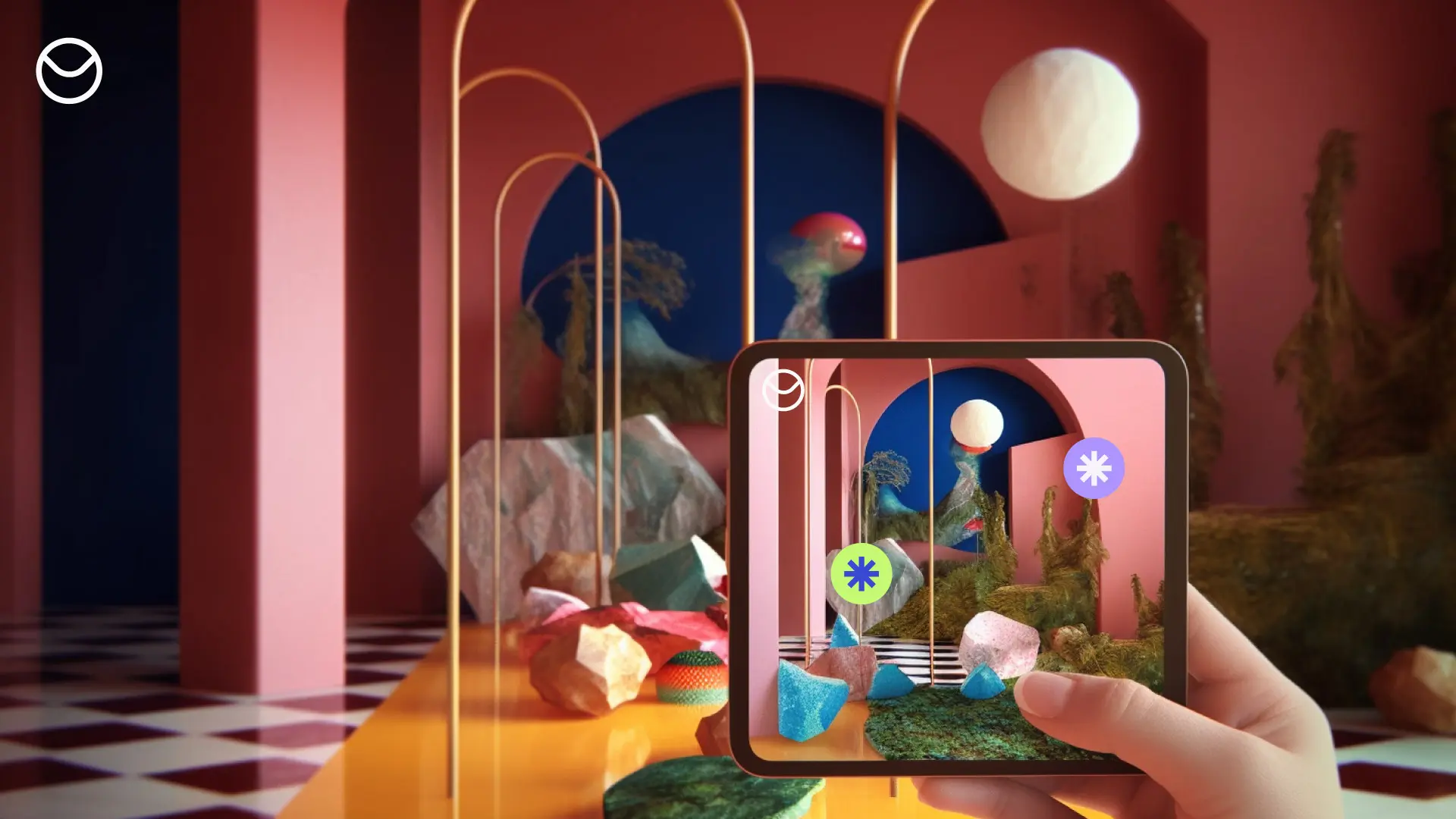
The Spatial Web: Revolutionising Marketing, Storytelling, and Business through Interactive 3D Content
The Spatial Web, or Web 3.0, is an emerging concept that aims to revolutionize how we interact with digital content by integrating immersive technologies such as Augmented Reality (AR), Virtual Reality (VR), and 3D design. As the Spatial Web continues to evolve, interactive 3D content is set to become a game-changer for marketing, storytelling, and businesses across various industries.
This article delves into the future of the Spatial Web and explores how interactive 3D content will help companies to stand out in an increasingly competitive digital landscape.

Enhancing Marketing Strategies with Emerging Technologies
The integration of interactive 3D content into marketing strategies is already providing businesses with new ways to engage their target audiences, create memorable experiences, and drive conversions.
By leveraging the power of AR, VR, and Spatial Web technology, marketers can create immersive campaigns that allow consumers to interact with products, services, or brand messages more personally and engagingly. Deeper level of engagement can lead to increased brand awareness, customer loyalty, and, ultimately, higher conversion rates.
Transforming Storytelling Through Interactive 3D Content
Storytelling has always been a powerful tool for capturing the attention and imagination of audiences. The Spatial Web and interactive 3D content will take storytelling to new heights by enabling creators to craft immersive and interactive narratives that transport audiences to virtual worlds.
From interactive documentaries and educational content to brand stories and product demonstrations, the possibilities for innovative storytelling through 3D content are endless.
This shift will not only provide audiences with more engaging experiences but also offer businesses new opportunities to connect with their target market.
Embedding interactive 3D experiences into your website, article or digital publication is very easy with Objectverse.
Revolutionising Product Visualisation and Prototyping
One of the key benefits of interactive 3D content in the Spatial Web is the ability to create realistic product visualisations and digital prototypes. Businesses can leverage this technology to showcase their products in virtual environments, allowing customers to explore and interact with them before making a purchase decision.
This enhanced level of product visualisation can help businesses reduce returns and increase customer satisfaction by ensuring that consumers have a thorough understanding of the product before they buy.
Additionally, digital prototyping can streamline the product development process, reduce costs, and minimize waste by allowing businesses to test and refine their designs virtually.

Reinventing Customer Experiences and Brand Interactions
As the Spatial Web continues to gain traction, businesses will have the opportunity to reinvent customer experiences and brand interactions through interactive 3D content. From virtual showrooms and product configurators to gamified marketing campaigns and personalized shopping experiences, the potential applications of 3D content are vast.
By offering these immersive experiences, businesses can differentiate themselves from their competitors and establish a strong brand identity that resonates with their target audience.
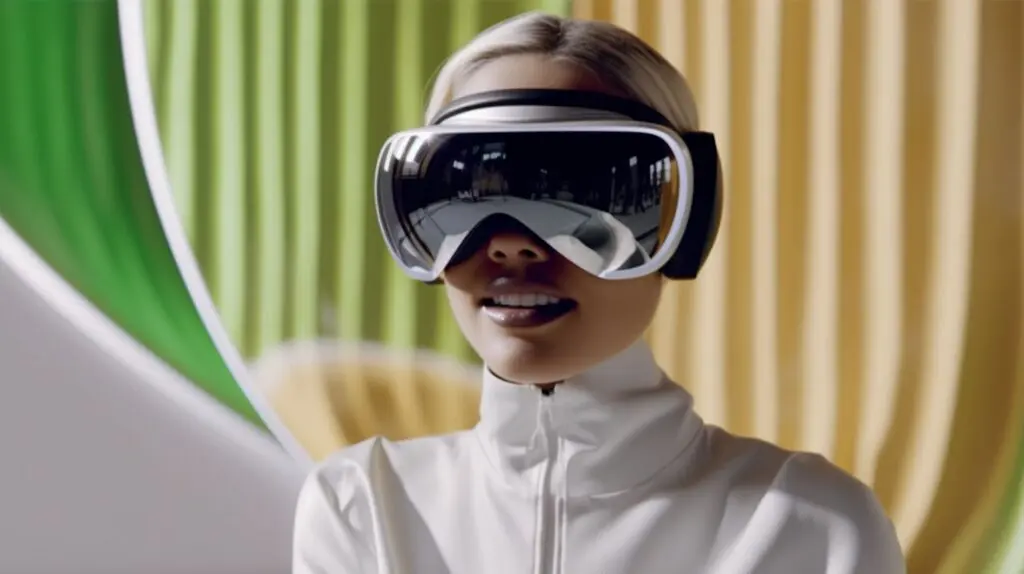
The future of the Spatial Web promises a digital landscape where interactive 3D content plays a central role in marketing, storytelling, and business operations.
Recent launch of Apple's Vision Pro spatial computer/headset indicate a serious step towards spatial technologies.
As we move towards this new era, businesses must adapt and embrace the potential of 3D content to stand out from the competition and create unique, immersive experiences for their customers.
